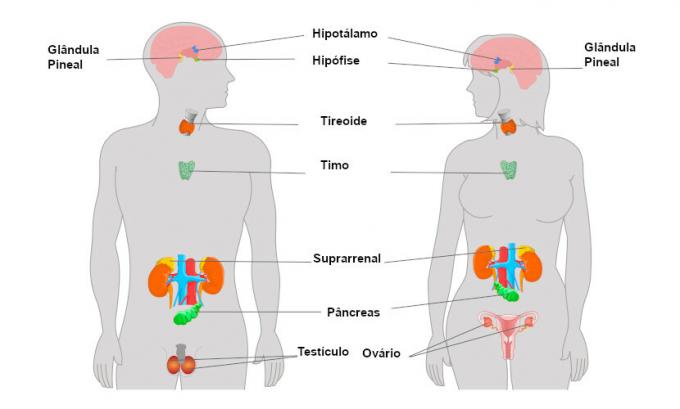Have you ever noticed that the new leaves are very green, but, as time goes by, they show yellowish, orange, red and brown tones? Is it because this happens?
Well, to understand why leaves change color, you need to understand first that they don't actually change color, they just lose their green color. The greenish tone is due to a pigment in the leaf called chlorophyll.
The other colors are mainly due to two other pigments also present in the leaves, which are carotenoids (yellow-orange) and anthocyanin (red-violet).
As chlorophyll is produced by the leaf in greater quantity than other pigments, it ends up hiding the other colors.
Chlorophyll is important for the plant because it is responsible for capturing the sunlight needed to carry out photosynthesis. This process was well explained in the text Photosynthesis in plants, but, in short, the plant needs three components: carbon dioxide obtained from the air, water from the soil and energy from the sun. The reaction that takes place between these components results in the production of food for the plant, which is why chlorophyll is so important.

Photosynthesis Process Scheme
The change in the color of the leaves in autumn is linked to the fact that, during this period, sunlight decreases and plants stop producing their own food, that is, they stop carrying out photosynthesis. Then, chlorophyll is no longer needed and its structure ends up being destroyed. This way, the green color disappears and the other colors that were hidden by the chlorophyll begin to appear.
By Jennifer Fogaça
Graduated in Chemistry


